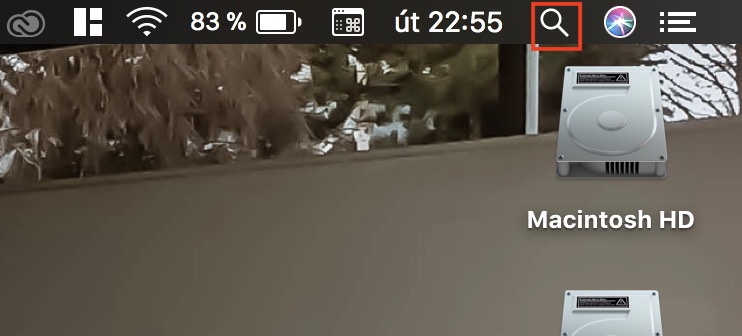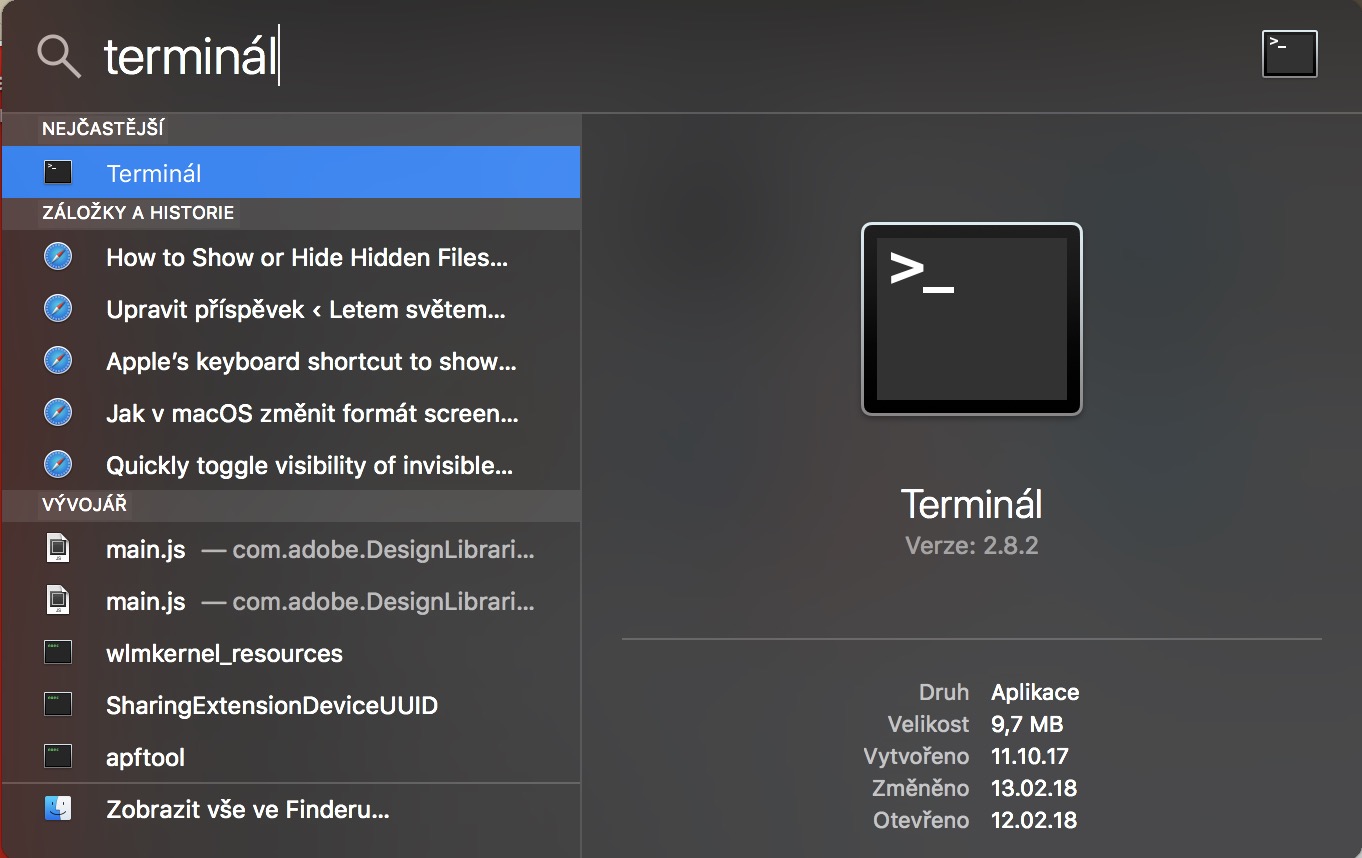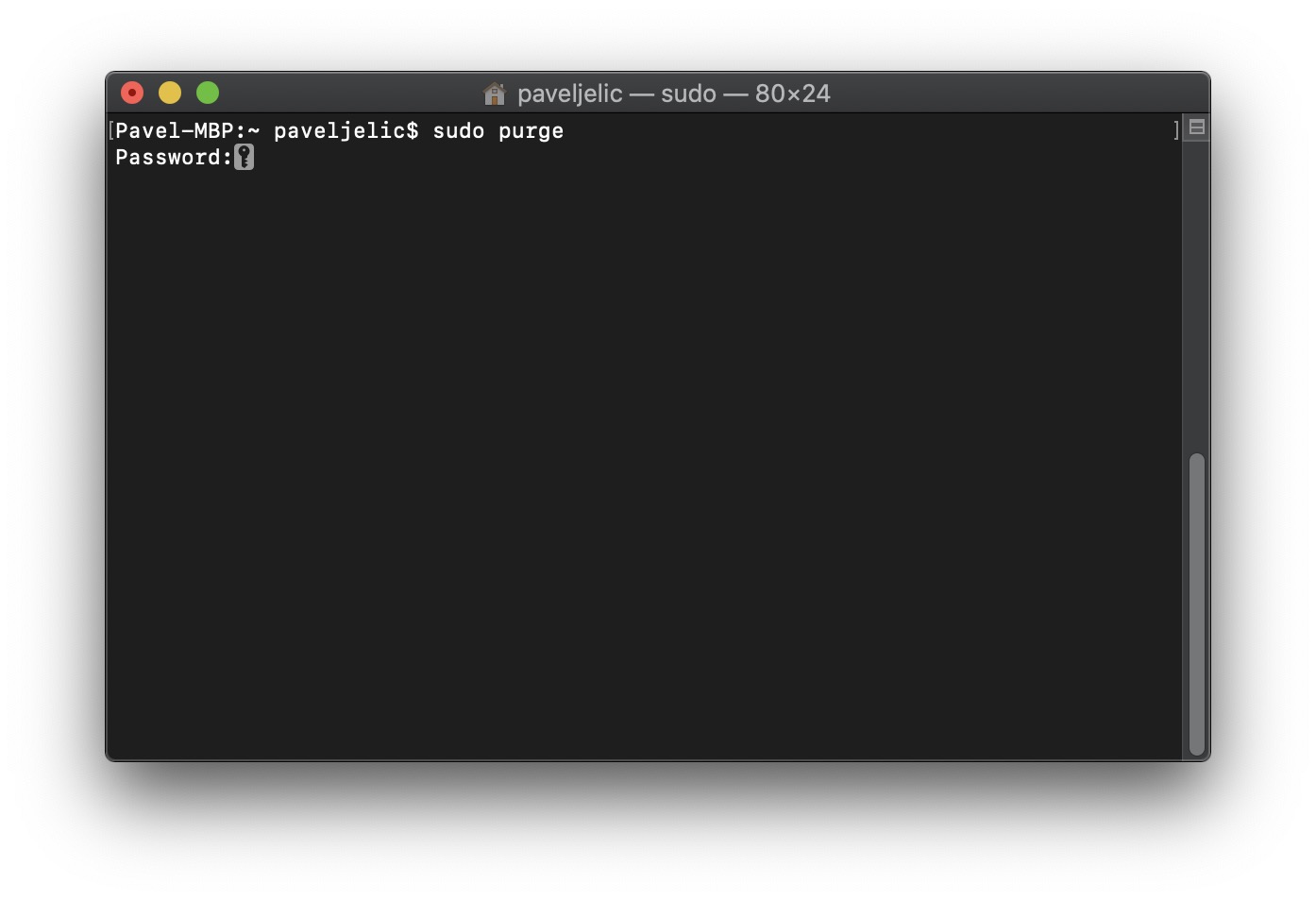Over time, the responsiveness and speed of your Mac or MacBook may seem slower. It is primarily caused by the system being overloaded with temporary files, cache memory, registries and other data. So, in addition to filling up the disk, RAM can also cause your Mac to slow down. When you open any application, its code is transferred from the hard disk to the RAM memory so that the processor can work with it. The operating system takes care of allocating and removing RAM to applications. In most cases, the RAM in the operating system is optimized to 100%, which makes all applications on the Mac run quickly and smoothly. But sometimes you can get to a stage where memory allocation on macOS does not work correctly. The Mac then slows down and individual operations take much longer. How to get out of this mess? There are two options.
It could be interest you
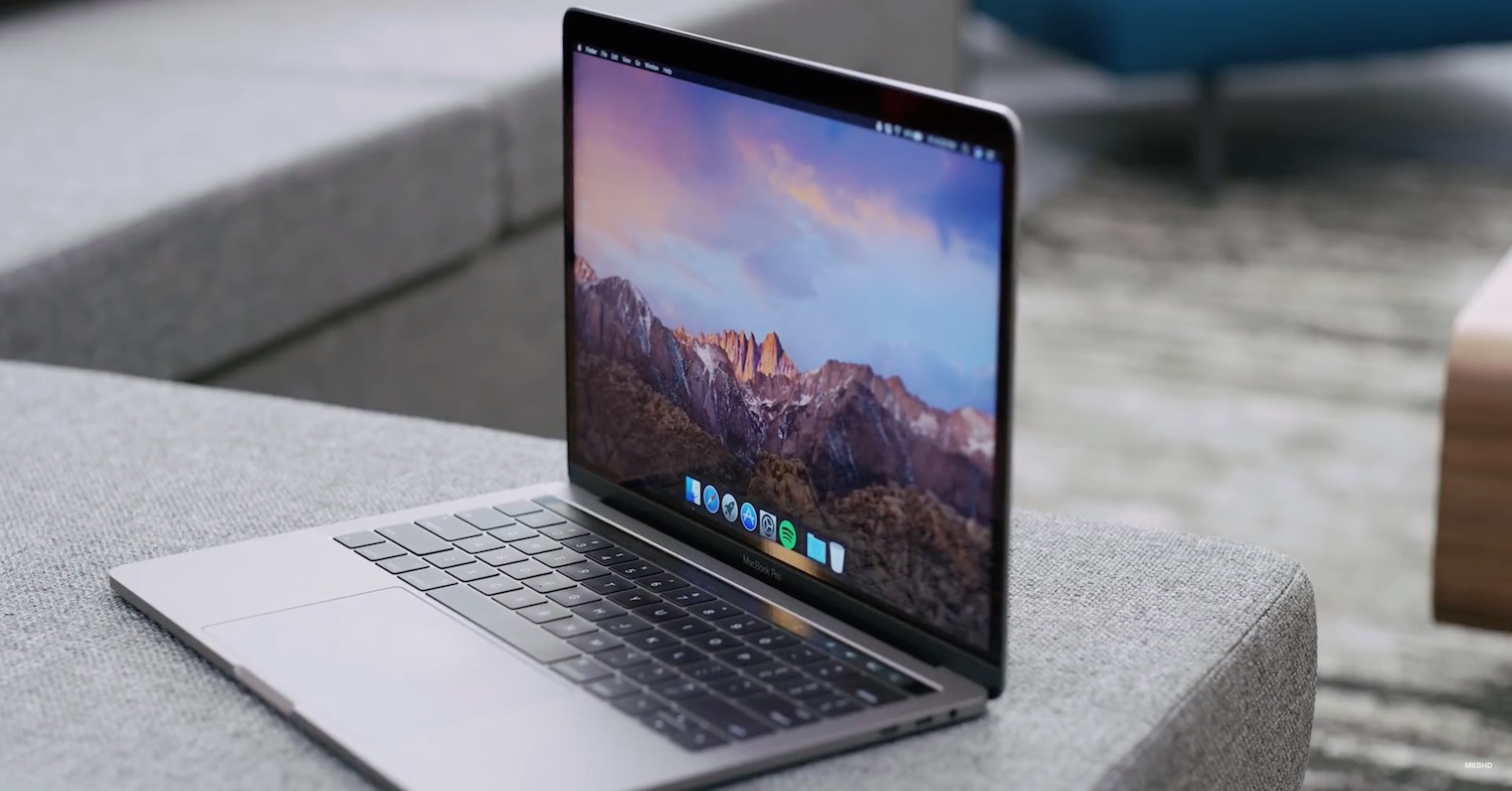
Clear RAM by restarting
Macs and MacBooks are designed to run for weeks or even months without a single reboot. However, sometimes using it for a really long time without a single reboot can slow it down over time. The easiest way to relieve Mac is to restart him. That's all clears the RAM memory and there will be clear the cache.
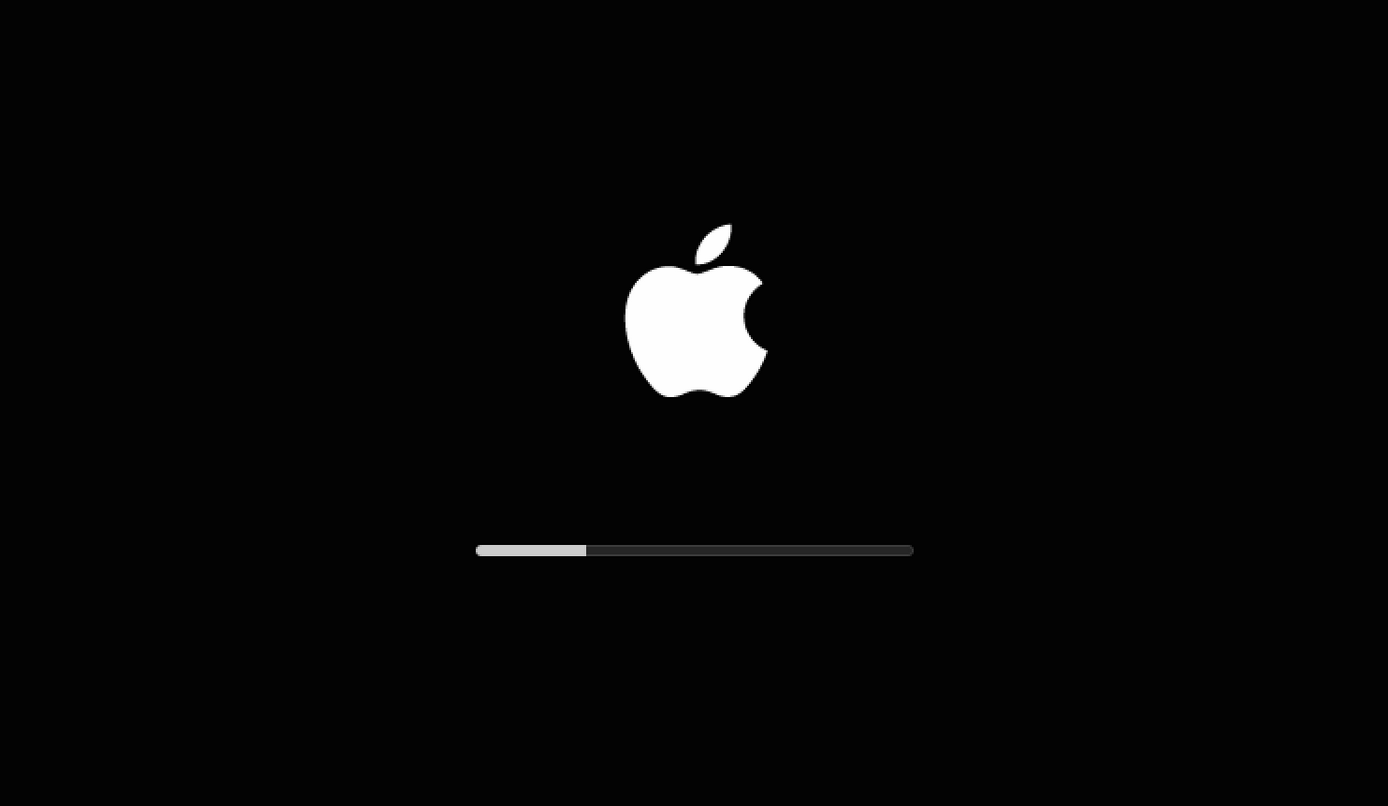
Clear RAM using the command
If for some reason you can't afford to restart your Mac, for example due to work being divided, you can clean the RAM using a simple command, which you enter in Terminal. Open it Terminal – be of help Spotlight, or you can find it in Application -> jine. Once opened, copy this one command:
sudo purge
A insert it to the Terminal. Then confirm it with the key Enter. Subsequently, you will be prompted for input in the Terminal passwords. So type it (no characters will be displayed as you type, you have to type the password blindly) and then press the key Enter. The whole process only takes a few seconds.
